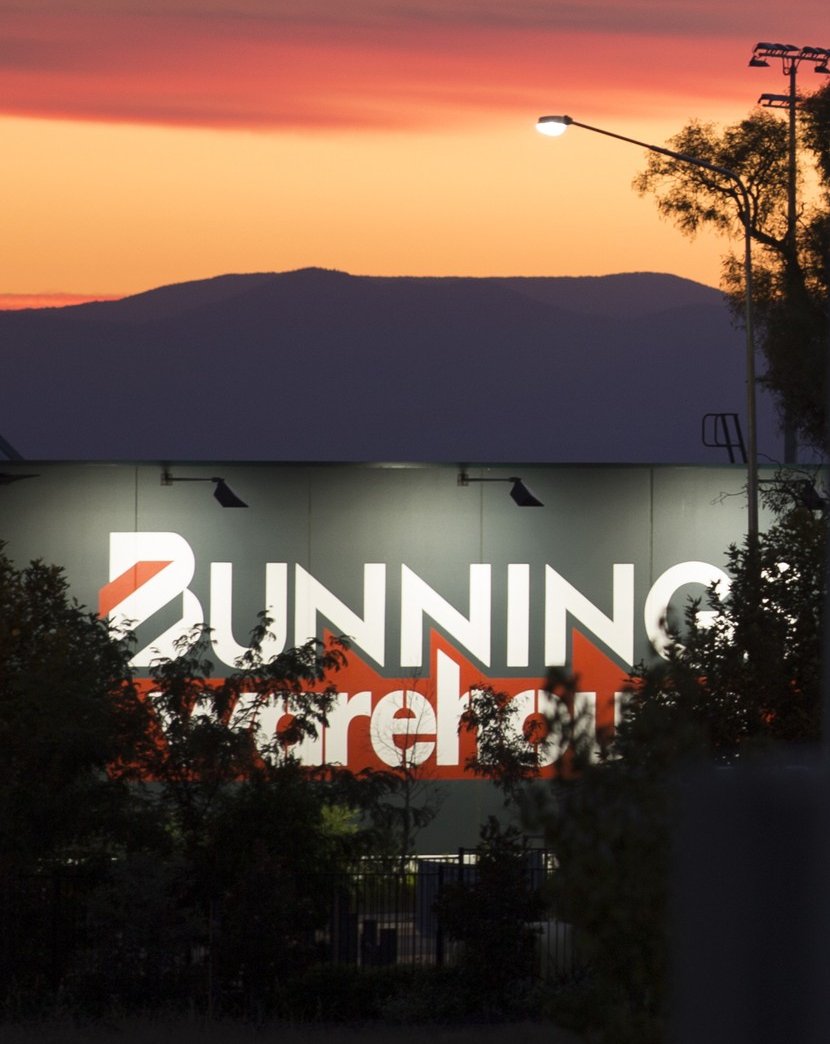How much has Wesfarmers benefitted from BWP’s growth? In June, BWP announced it would internalise management of the company, paying Wesfarmers $142.6 million, representing 10.6x the management company’s estimated 2026 Financial Year (FY26) earnings before interest and tax (EBIT). In FY26 this will produce cost savings to BWP of more than $5 million, however this likely understates the true savings, as this includes transaction costs (associated with this deal) and does not include benefits of additional scale. The deal is also 2% accretive to the FY26 dividend. As fees are charged as a percentage of assets under management, growth under the old structure would naturally lead to an increase in management costs. Adding an additional Bunnings property to an internally managed vehicle, however, should barely make a difference to administration costs. This creates a better alignment of interests, meaning any decision to grow is more likely to be solely in the interests of unitholders, as opposed to serving the dual interests of unitholders and the external manager.
Connected to this deal is the announcement of an extension and reset of the lease terms of 62 Bunnings leases. This increases the weighted average lease expiry (WALE) of Bunnings tenanted properties owned by BWP from 4.6 years to 9.5 years. An independent expert has assessed that this is likely to increase the value of the properties owned by BWP by ~$50 million. This may understate the true value uplift as it does not directly consider the optionality inherent in the leases. Bunnings tend to have options embedded in their leases to extend the lease. The options have a cap and collar of 10%, meaning the rent can only increase or decrease as much as 10% upon option exercise. As Bunnings controls the option, they will likely exercise it on any strongly performing stores and likely won’t on any underperforming stores, which are more likely to be in inferior locations. With the WALE having decreased to 4.6 years this was a key concern. The lease extension does not extinguish this concern, however, it does push it out 5 years. Additionally, Bunnings properties with longer WALEs are meaningfully more saleable, with recent transactions very supportive of independent valuations.
The final element of the transaction is a commitment to capital expenditure by BWP. $56million of this is to be rentalised at a fair rate, whilst an additional $30million will be equally and jointly funded by BWP and Bunnings to improve some older properties. This amount won’t be rentalised, however should support asset values and prove a commitment by Bunnings to stay in that space.








